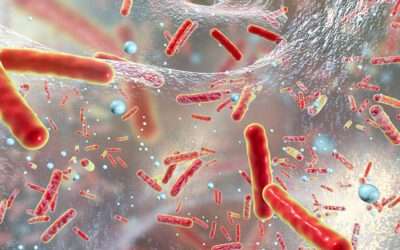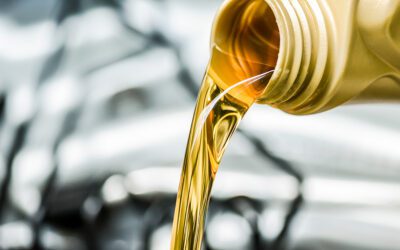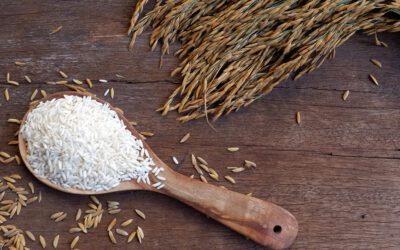Illegal Dyes

The color additives used in a lot of consumable products these days include illegal dyes. Ideally food colours are divided into two categories – natural and artificial. Natural colours or pigments are obtained from vegetables, plants, animals or other minerals, whereas artificial colours are developed in laboratory synthetically to give an aesthetically appealing look and feel to the product. These days consumption of naturally occurring colours has increased worldwide because of mass awareness. People are understanding the fact that toxicity of synthetic colours are harmful for their health. Illegal dyes fall under the category of synthetic colors.
In India, FSSAI is the governing body for standardizing and regulating use of food colors and prohibiting illegal dyes in food and beverages. FSSAI has permitted several colors under category of ‘Colouring Matter’ in the Food and Safety Standards (Food Product Standards and Food Additives) Regulations, 2011. FDA has also mentioned Color Additives (Dyes) use in Title 21 of the Code of Federal Regulations for international clearances. Cultivator Phyto Lab strictly always adhere to these norms and conduct transparent and authentic testing for dyes and colors in products (Human food, Beverages, Cosmetics, and medical equipment).
Identification of illegal dyes in product can lead to problems, restrictions, fines, and penalties on manufacturers and producers. Therefore, we strongly recommend that every product should be checked for illegal dyes before it is distributed in the market. Some of the illegal dyes that are found in the food commonly are – Sudan I to IV, Sudan Orange G, Sudan Red B, Sudan Red G, Sudan Red 7B, Sudan Black B, Synthetic Azo dyes like Butter Yellow, Para Red, Rhodamine B and Orange II. The product including these illegal dyes are considered carcinogens and teratogens. Therefore, they are banned by the statutory governing bodies across the world. Companies should also know that authorities like EU doesn’t permit use of natural dye annatto (E160b) in spices.
Producers and manufacturers are suggested to put their products through rigorous testing process in a reliable, trust-worthy, genuine, and state-of-the-art laboratory as Cultivator Phyto Lab. With the right analysis, they can develop a product befitting the international standards as well.
NEWS AND BLOGS
Find up to date information, news releases, and corporate publications for Cultivator Phyto Lab customers
Biofilm challenges for food manufacturers
A brief overview Biofilms are an umbrella protection of one or more types of microorganism communities that are enclosed together by a matrix-bound of extracellular polymeric substances (EPS). This attachment of microorganisms to any contact surface of food processing...
Detection of Mineral Oil in food products and their harmful effect on public health
mineral oils are a mixture of a complex and diversified compound of saturated and aromatic hydrocarbons known as mineral oil aromatic hydrocarbons (MOAH) and mineral oil saturated hydrocarbons (MOSH), Mineral oil aromatic hydrocarbons (MOAH) fall under the category of poly aromatic hydrocarbon (PAH) while PAH is well established as a cancer-causing agent.
Food fortification
A brief introduction to food fortification Food fortification is one of the major public health concerns to mitigate mass malnutrition in societies. In the present scenario, governments and other agencies very well understand that without a healthy society, it is...



